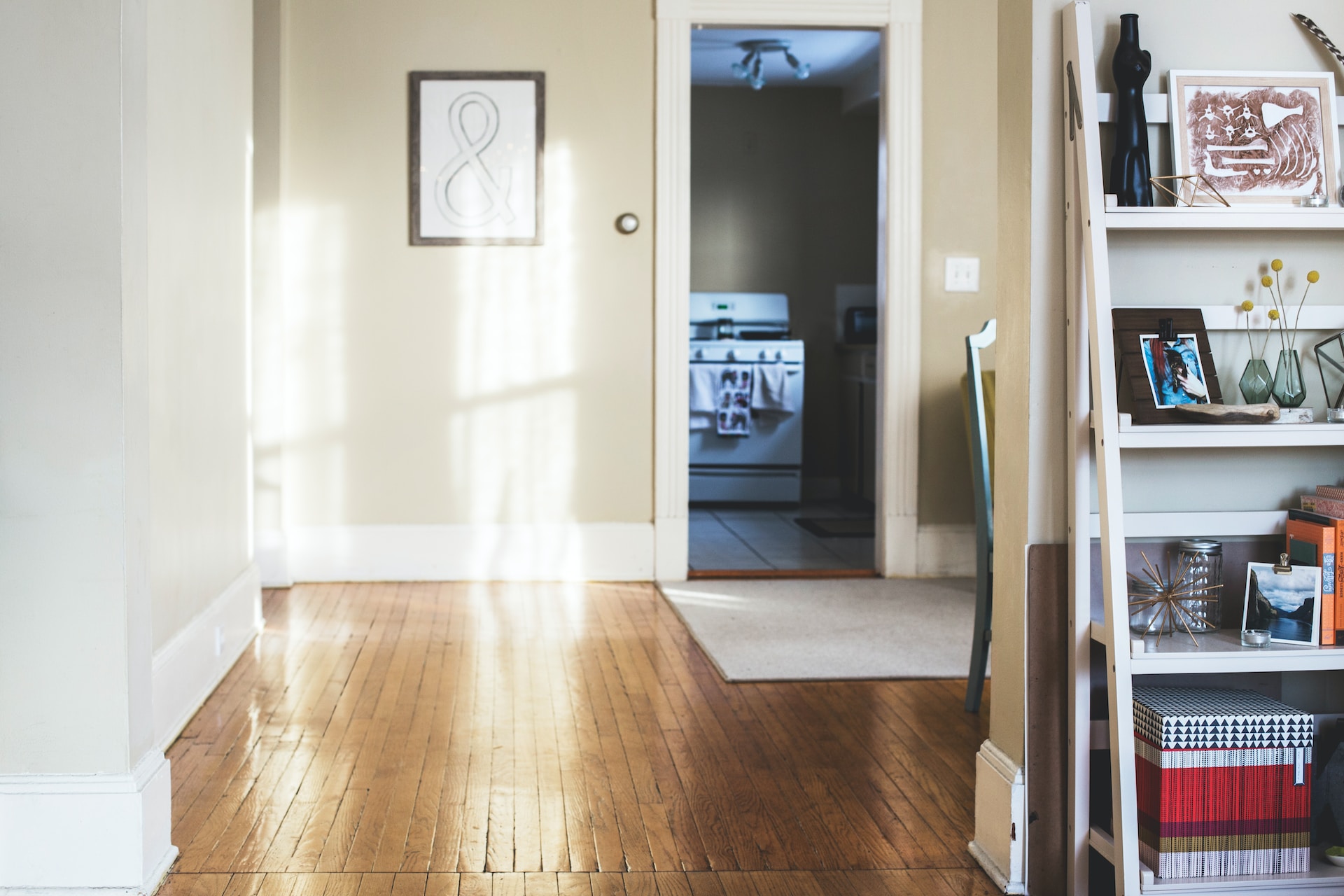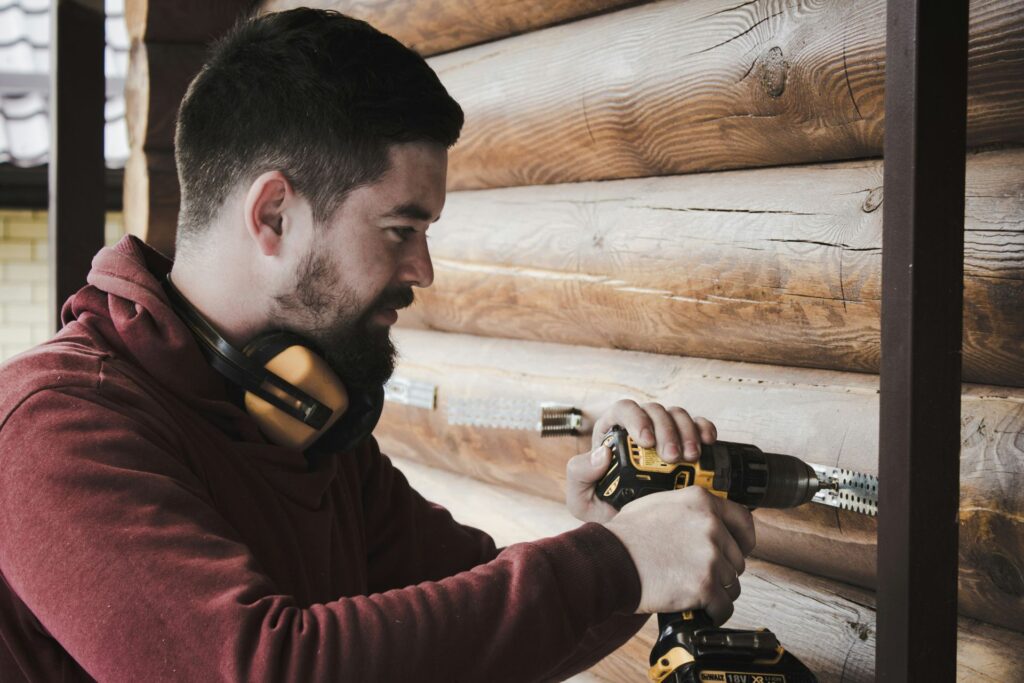
We are reader-supported. When you buy through links on our site, we may earn an affiliate commission.
Accessory dwelling units are all the talk in architectural and homebuying circles. It’s easy to see why — they have nearly endless possibilities.
ADUs allow for multifamily living, preserving privacy while helping adult children fight impossible housing costs or helping with grandma’s golden years. Other homeowners might dedicate theirs to an Airbnb-style rental, allowing them to supplement their income or stay afloat during lean times or job loss.
If you don’t have much land, you might look up. Do you have a second story that no longer works too hard or a vast open space above your garage? Here are five tips for constructing a second-story ADU.
ADU, Defined
In real estate, an ADU is a legal and regulatory term for a secondary apartment or home that shares the building lot of a larger, primary home. There are two important principles to break down in this definition:
- Separate apartment or home: Building an ADU isn’t as easy as decorating a spare bedroom. These spaces are intended to be complete living spaces, including the necessary plumbing for grooming and cooking.
- Shares the building lot of a larger, primary home: People seeking to build tiny homes often run into zoning trouble, as authorities worry about the effect of such builds on existing property values. However, if you have a lot you’d like to add several tiny homes to, you can often find workarounds by making them ADUs.
The most important thing for you to remember as a homeowner is that your ADU must be a distinct dwelling, not merely an extra room. It matters for second-story ADUs, as they require individual bathing and cooking facilities, even if humble.
Start With Ingress and Egress
Perhaps the most important part of constructing your second-story ADU besides plumbing is ingress and egress. According to the International Building Codes, spaces designed as separate dwellings must have at least two ways to get in and out in case of fire or another natural disaster.
In a second-story ADU, the secondary egress can open into a hallway but not directly into another living space. Another option is a deck or balcony with stairs permitting ground access. Please check with your local zoning department to avoid mistakes that can cost a small fortune to remedy.
Establishing the Infrastructure
Your next major hurdle in constructing your second-story ADU is establishing the necessary plumbing and electrical work to complete the structure. Depending on your home’s configuration, you might already have much of what you need. For example, people who own homes with a dual-master floor plan may only need to add a kitchenette to fulfill the ADU requirements.
Those without such pre-established amenities must hire a pro unless they moonlight at plumbers. It can cost between $900 and $1,300 for your contractor to run new pipes, although the exact price may vary depending on your home’s configuration and how far they have to extend existing lines.
Electric is another area where you are better off leaving the hard work to the professionals — the risk of fire deters many would-be DIYers. Here’s where you can incur hefty costs, depending on your chosen configuration. Do you want your tenants to have a separate meter and system or share yours?
Installing a new meter to handle the split can cost as much as $5,000, although you might get away with less, depending on your home. Purpose is key — those renting a second-story ADU to family may not bother. However, vacation renters and long-term tenants will likely appreciate the convenience of adjusting their thermostats independently, so factor this cost into your business model if you hope to turn a profit.
Soundproofing Your Floor
Anyone who has ever lived in a ground-floor apartment below a family of toddlers knows that the pitter-patter of little feet quickly loses its charm when said paws don’t belong to their own kids. Even innocuous activities like vacuuming can make it sound like there’s a frat party going on overhead. That’s probably a downside to second-story ADUs you’d like to avoid.
Fortunately, you can. Start with your flooring choice. Although carpeting can hold stains, it’s your best bet for buffering excess noise from above.
Furthermore, you may wish to soundproof the ceiling in your first-floor dwelling. A layer of vinyl dampener between two layers of drywall does the trick. However, if that’s too labor-intensive, adding a drop ceiling or more insulation can help. You’ll still get some reverberation, but it will quiet the din.
The Little Things
Finally, adding small touches to a second-story ADU can make a huge difference, especially if you plan on profiting from the rental. What are some features people universally love, even in a temporary home? Here are some ideas to consider:
- Storage space: Survey after survey of homebuyers shows storage space matters. Even a shoe and coat rack in the entry helps. Consider remodeling closets, adding elements like belt and purse hooks that cost little but greatly enhance the user experience.
- Energy-saving appliances: Most folks today are willing to pay more for sustainability. Furthermore, installing appliances with a high Energy Star rating saves you money if on a shared meter.
- Furnishings: It’s a toss-up whether a furnished long-term rental is a better bet, but you’ll need minimal furnishings like a bed and dresser if planning to use your second-story ADU as an Airbnb.
- Parking: Adding more people to your home means they’ll probably bring a vehicle — an unfortunate reality in a car-centered culture. Is there sufficient onsite or street parking to handle your guests? If you have a multi-car garage, will you reserve one for tenant use or require them to make alternative arrangements? The former could net you more revenue if you don’t need the space.
Constructing a Second-Story ADU
ADUs are more popular than ever. They offer homeowners incredible flexibility and added income potential.
However, you have to follow the rules when constructing yours. Follow these four tips for building a second-story ADU and get more out of your home.










